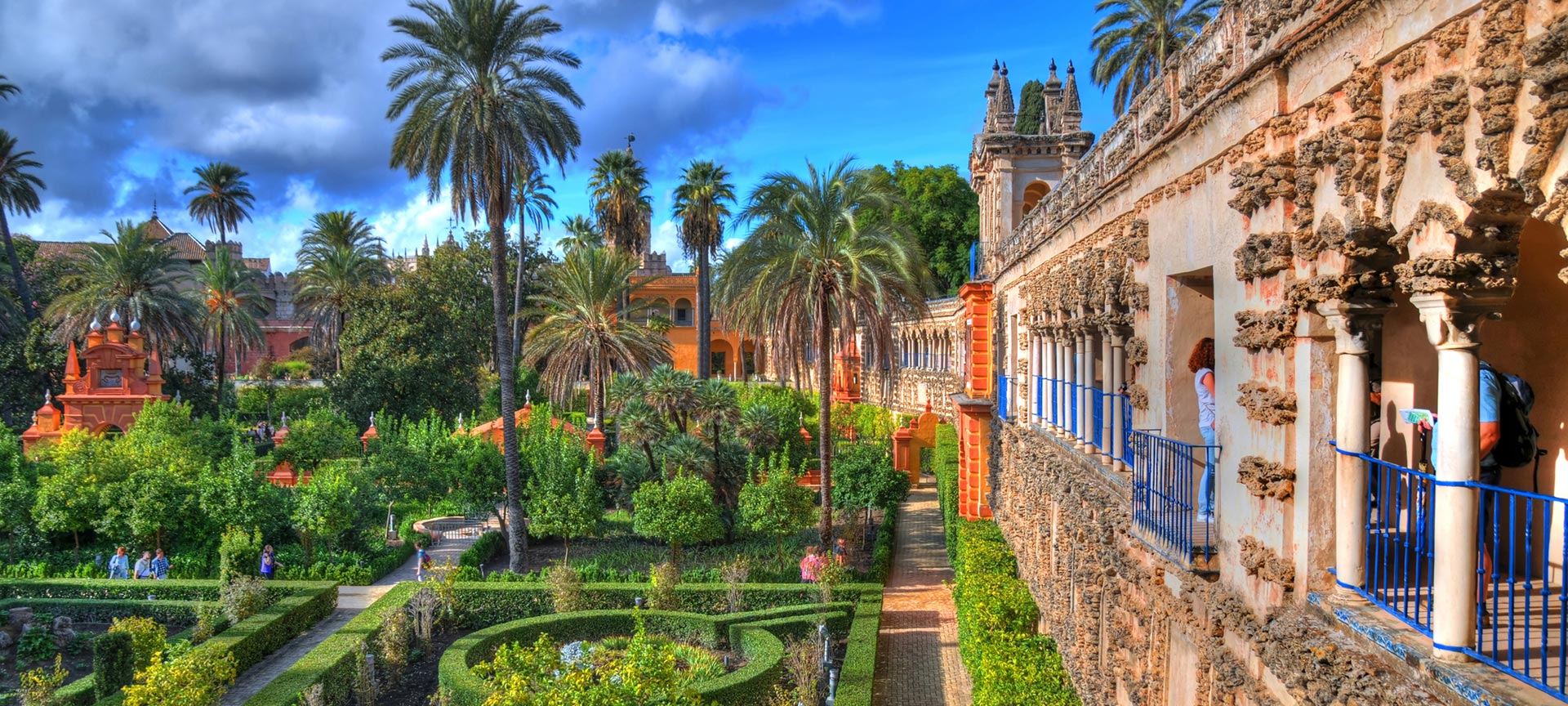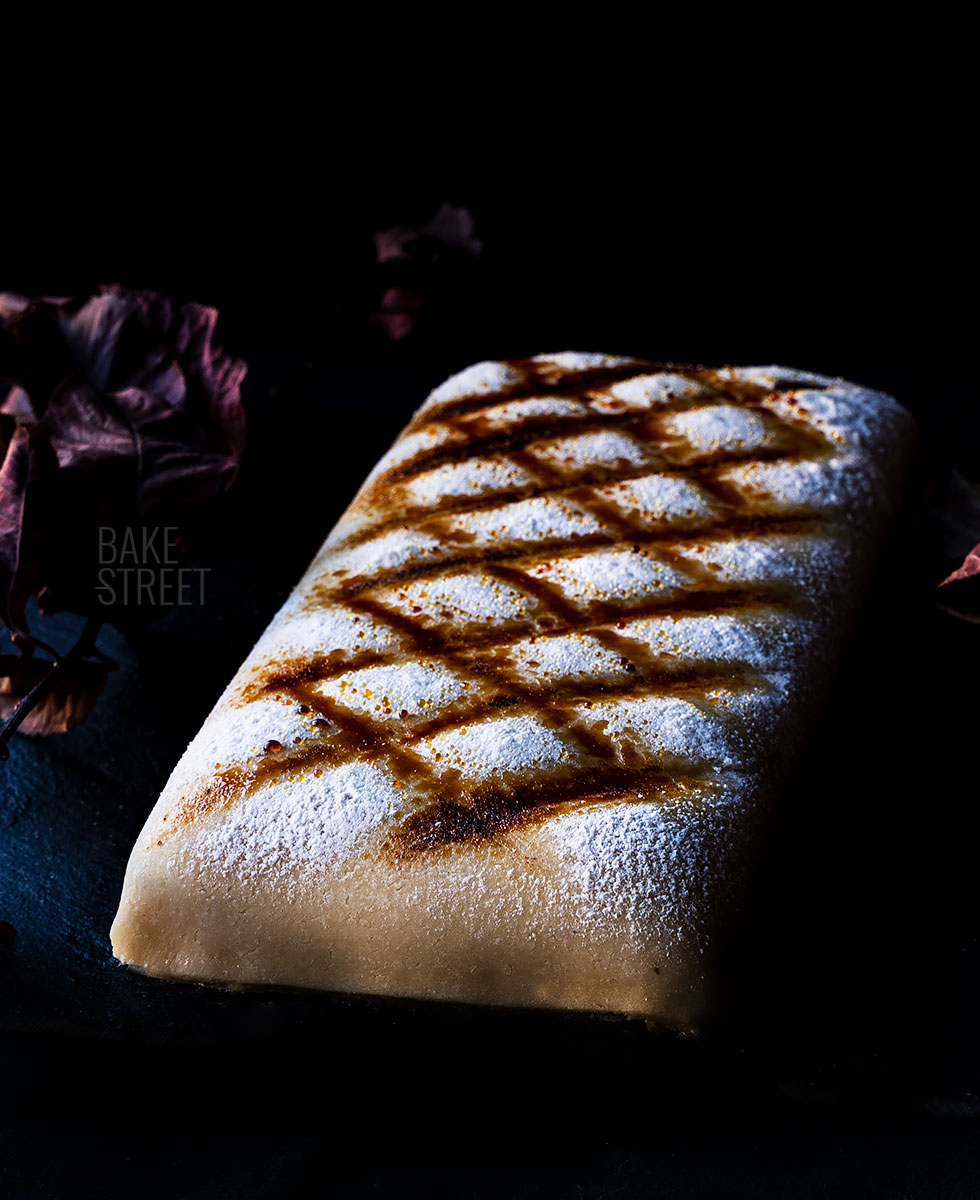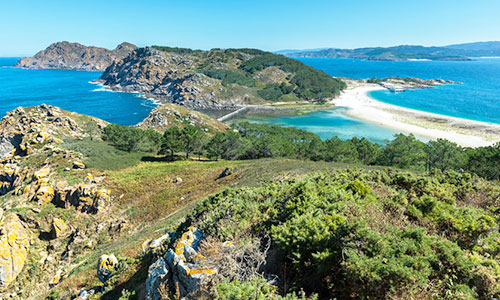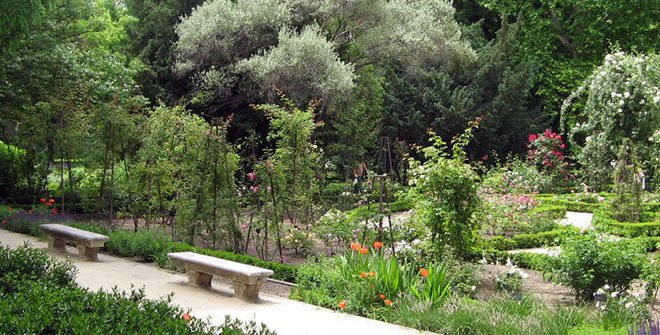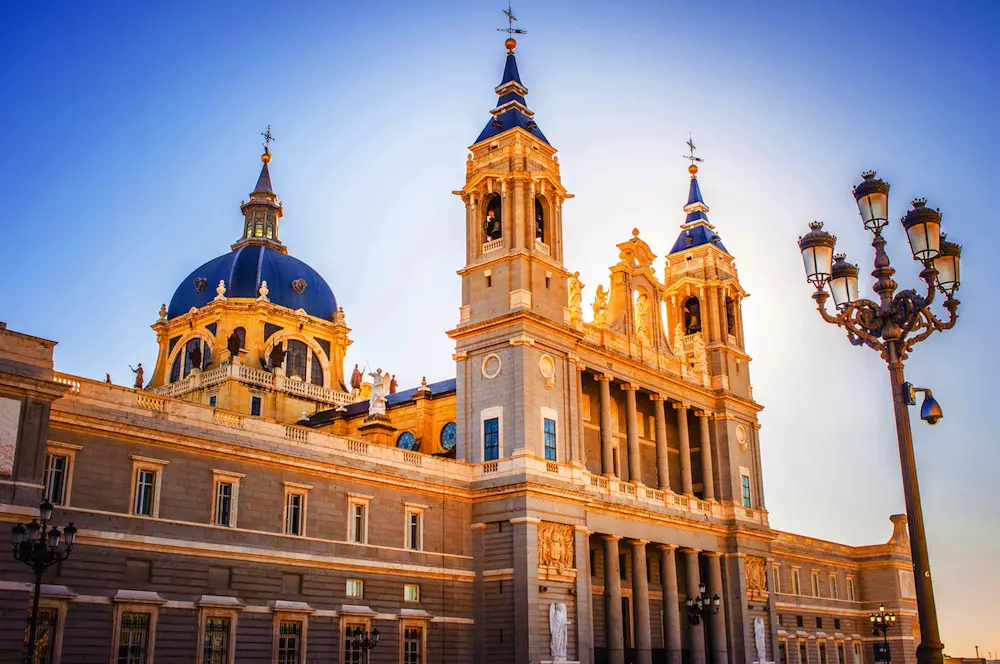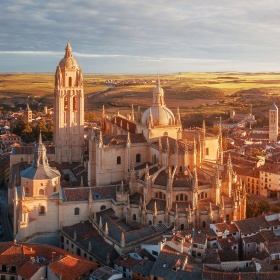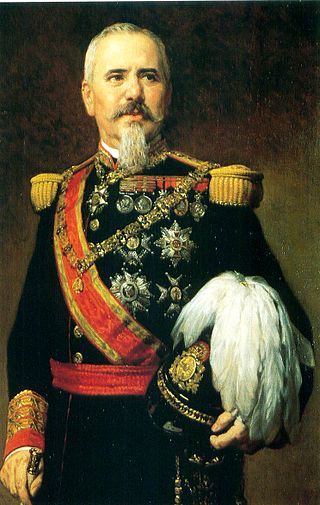When visiting Spain, Córdoba is a must-see city. If you’re interested in studying abroad in a city with a rich history and beautiful architecture, then Córdoba is the place for you. Córdoba is a desirable location for both students and professors interested in studying abroad. The deep and complex history of Córdoba combined with its impressive and iconic architecture makes it an attractive location for students and professors looking to learn and gain new experiences.
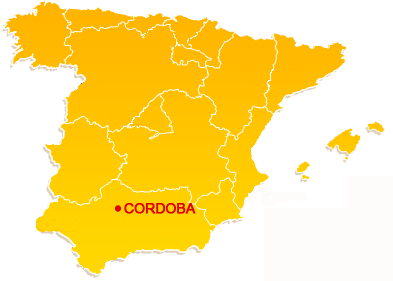
Córdoba is an inland city located in Southern Spain. Its close proximity to Northern Africa has naturally resulted in significant Muslim influence in culture and architecture that can be seen throughout the city. One of the most notable examples of Muslim architecture in Córdoba is the Mezquita de Córdoba. The Mezquita de Córdoba is a former mosque but has since been converted into a cathedral. The mosque was originally constructed in the late 8th century during Al-Andalus. Before learning more about the Mezquita de Córdoba, it is important that you first learn a bit about the historical Muslim rule over Spain and Córdoba. The period of Muslim rule over Spain is known as Al-Andalus and lasted from 711 to 1492. In 711, Córdoba was taken over and largely destroyed by Muslim invaders. Then in 756 under the rule of Umayyad ruler Abd al-Rahman I, Córdoba was designated the capital of Muslim Spain. Under Umayyad rule, Córdoba was expanded and grew to be one of the most culturally diverse cities in Europe. Throughout this time, Córdoba was growing in size and as a result, many mosques were constructed, including the Mesquita de Córdoba.

As the capital of Muslim Spain, the influence of Muslim architecture in Córdoba is very prevalent in its architecture, streets, and culture. Although the Mezquita de Córdoba is now a Christian cathedral, the Islamic influence on its architecture is still evident. The construction of the Mezquita de Córdoba was ordered by Abd al-Rahman I in 784. It was expanded in the 9th and 10th centuries and by the 13th century, it was converted to a cathedral. While it was still a mosque, it was one of the largest and most important mosques in the Islamic empire. The Mezquita de Córdoba is known by various other names such as the Great Mosque of Córdoba and it is locally known as Mezquita-Catedral. The building features many different aspects of a typical Islamic mosque including a hypostyle prayer hall, courtyard, and minaret. The prayer hall is one of the most impressive and recognizable features of the building because of the mesmerizing symmetry of the dozens of arches and columns that fill the hall. The arches are made of stone and red brick and help create a truly beautiful space. The building also features a large, central dome that is covered in gold mosaics and ribs that cross over each other to create pointed arches. The Mezquita de Córdoba is a prime example of the extraordinary structures created under Muslim rule in Córdoba, making the city a desirable destination for both students and professors looking to study abroad in Spain.

For more information on Córdoba’s history and the Mezquita de Córdoba, feel free to check out the links below.
https://mezquita-catedraldecordoba.es/en/
https://www.lonelyplanet.com/spain/andalucia/cordoba/attractions/mezquita/a/poi-sig/1189075/360732
https://theculturetrip.com/europe/spain/articles/the-history-of-cordoba-spain

